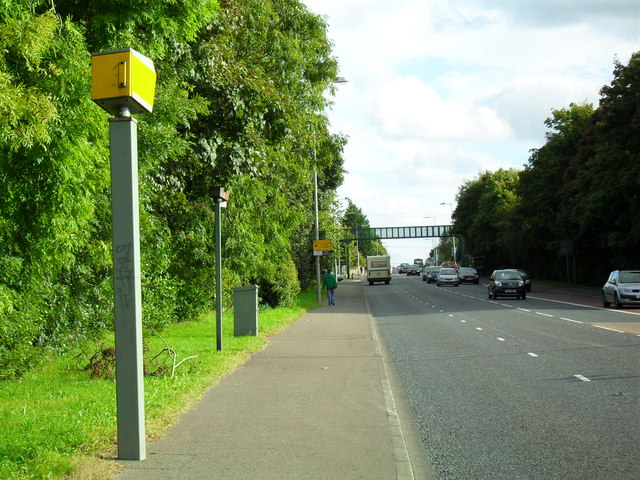Two studies warn on implications of in-vehicle distraction
Better data collection on the role of distraction in collisions across the EU and a standardised interface to fix and connect mobile devices to the car dashboard are two of the recommendations of a new report on countermeasures for in-vehicle distraction for the European Commission.
The study, by TRL, TNO and Rapp-Trans, published last month says data on how many collisions involve distraction is poor but experts estimate that it plays a role in 10-30% of them. The authors suggest promoting ‘Distracted by device’ from a low to high priority in the EU’s standardised Common Accident Data Set (CADaS), adding a separate field to state the extent to which distraction contributed to the collision, and encouraging Member States to include data on distraction in their reporting to the European Commission’s CARE database of road collisions.
The report is positive on some small recent advances in mobile phone technology such as software tools which can automatically send a standard text message to callers when the vehicle is in motion, asking them to call back later. The authors suggest the development of a standard dashboard slot to enable mobile devices to be fixed and connected, avoiding tangled cables and drivers reaching for devices while driving.
As vehicles increasingly offer automated driving functions, the authors say research will be needed to understand how cars will best hand control back to a driver who may be in engaged in a distracting task. On the other hand, the study points out that automated braking systems and lane keeping systems may go some way to compensating for distraction issues – but, again, more research is needed.
Voice commands also distracting
Potentially unsafe mental distractions can persist for as long as 27 seconds after dialling, changing music or sending a text message using voice commands, according to new research by the US-based AAA Foundation for Traffic Safety. The results raise new concerns regarding the use of phones and vehicle information systems while driving.
Researchers found that potentially unsafe levels of mental distraction can last for as long as 27 seconds after completing a distracting task in the worst-performing systems studied. At the 25 MPH speed limit in the study, drivers travelled the length of nearly three football fields during this time. When using the least distracting systems, drivers remained impaired for more than 15 seconds after completing a task.
ETSC is calling for carmakers to publish test results that show their in-vehicle information and infotainment systems comply with the EU’s statement of principles on human-machine interface design. The guidelines state that systems, “should be designed to support the driver and should not give rise to potentially hazardous behaviour…”






